Backpack Guide
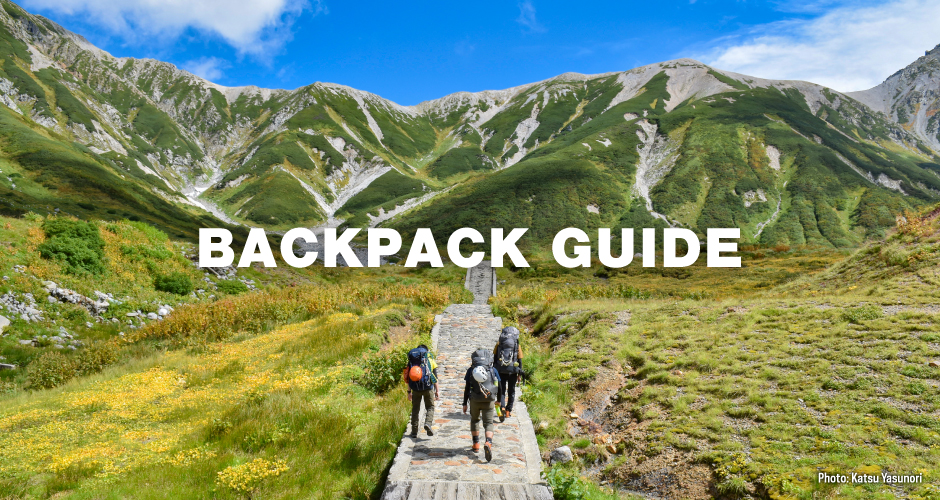
In the backpacking world, you may have come across mentions of the "Big 3." This term refers to three items that can take up most of the weight that you are carrying with you. They are your backpack, sleep system and tent. Ultralight hikers may try to get away with whittling down these items to the lightest of the light. But when it comes to your backpack, going with the lightest option may not always be the best decision. You need to consider the overall weight of what you plan on carrying. What about comfort? And with so many options out there, people often worry and agonize over picking the right backpack. The goal of this guide is to show you what our backpack options are and hopefully guide you to the backpack that is going to be the best for you.
Backpack Lineup 2023


Choosing a backpack based on features

Perhaps you already have an idea of what kind of volume and weight you plan on carrying in your backpack. If this is the case, you might be interested in the features that we have incorporated into our packs. The chart above organizes our packs into three different categories; streamlined design, organization and weather resistance.
Streamlined Design
These backpacks were designed to be lightweight. They all have a simple design with little in the name of features and have one main compartment. The Versalite Series and Ridge Line Pack don't have an internal frame, having a simple foam pad instead. These packs are for the most part more suited for Light & Fast pursuits. The Alpine Packs are much more suited for carrying heavier loads.
Organization
These packs are designed with a multitude of pockets to help you organize your gear. The packs that are between 20~30L are excellent choices for day hikes. The 30L+ packs are suitable for overnights and multiday trips.
Weather Resistance
These packs were designed to help keep your gear dry. These packs feature the Roll-Up Closure system to shut water out. The Storm Packs are made with a material that prevents the ingress of water, while the Alpine Light Packs use an inner dry bag, the Aqua Barrier Sack. Although these packs have an incredibly high level of water resistance, that doesn't mean they are waterproof. Rain they can handle but full submersion is not advised.

Choosing a backpack based on volume

Perhaps you're not sure what volume you need? A good starting point when trying to pick out a backpack is to answer the question "How do I plan on using it?" If you mainly plan to go on day hikes, then you wouldn't necessarily need something that is designed for multi-day backpacking. The opposite is also true. A tent, sleeping bag, days worth of food and everything else you might need for multiple days on the trail isn't going to fit into a 20L day pack. How you plan on using the backpack is going to determine the size of the backpack that you are going to need.
A Note on Volume
Not all backpacks are created equal. We've divided our daypacks and overnight packs into two categories based on what we think most users are going to choose their pack by; carrying capacity.
Even though two backpacks may be designed with the same volume, other design factors can impact how a backpack performs in the field. The packs we've placed in the "Lighter Loads" category are designed to be lightweight. This means these packs have a certain number of trade offs to get to a lower weight. For example, if you look at the day hike category, most of the "Lighter Load" day hike packs lack a hip belt. Putting any kind of serious weight into one of these packs could get uncomfortable as the weight is going to focus on your shoulders. The "Lighter Load" packs also share a common design where they don't feature an internal frame. Again, serious weight inside one of these packs could lead to discomfort. A special note for the Versalite and Alpine Light series. Since they are made with a lightweight material, extra care needs to be taken to prevent tears say from snagging on a tree branch or from sharp edges inside your pack.
On the other hand, we feel that the packs we've classified as "Heavier Loads" will do a much better job of hauling your gear around. Most of these packs have more robust back panels and shoulder straps. Some of these backpacks also feature robust hipbelts for helping keep the strain of heavier loads off your shoulders. And the materials in these backpacks are a little more forgiving durability wise, compared to the Versalite and Alpine Light series as mentioned above.

As the name implies a day hike is a hike that can be typically be accomplished in a day. These backpacks have a lower volume since you are carrying the items you need for your hike and nothing extra. Many of the backpacks in our day hike lineup have pockets to help organize your gear.
Pack Contents: Rain jacket, insulating layer (down or a fleece), snacks, water, first aid kit, emergency sheet, etc.
Lighter Loads

-
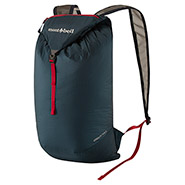
Versalite Pack 15
Price: $55.00 -
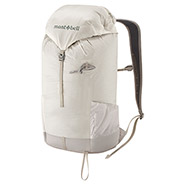
Versalite Pack 20
Price: $95.00 -
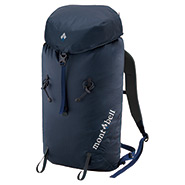
Storm Pack 20
Price: $145.00 -

Storm Pack 30
Price: $155.00 -
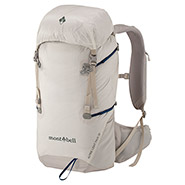
Alpine Light Pack 20
Price: $230.00
Heavier Loads

-
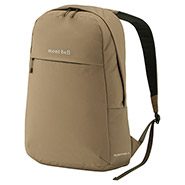
Delight Pack 17
Price: $72.00 -
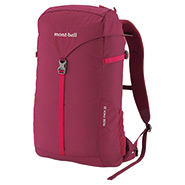
Rose Pack 20 Women's
Price: $105.00 -
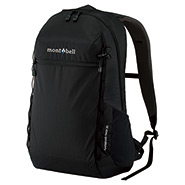
Garwhar Pack 20
Price: $119.00 -
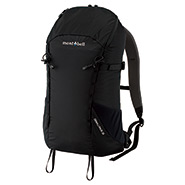
Denali Pack 25
Price: $135.00 -
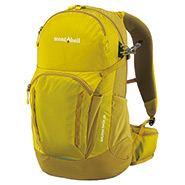
Galena Pack 20 Women's
Price: $150.00 -

Galena Pack 30 Women's
Price: $165.00 -
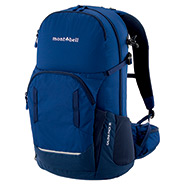
Galena Pack 30
Price: $160.00

Overnight backpacks can be used for shorter trips spending the night in the great outdoors. Our 30L to 45L range of packs are suitable for overnighting. However, depending on the size and weight of your tent and sleeping bag, your overnight trip might not fit into the volume of an overnight backpack.
Pack contents: Sleep system (sleeping bag and pad), tent, food, rain layers, insulating layers, stove, change of clothes, first aid kit, emergency sheet, headlamp, etc.
Lighter Loads

-
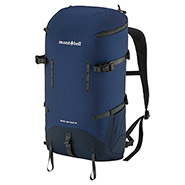
Ridge Line Pack 30
Price: $219.00 -
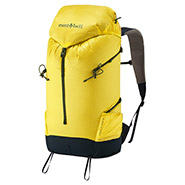
Versalite Pack 30
Price: $140.00 -
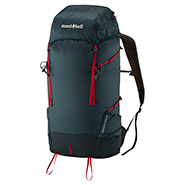
Versalite Pack 40
Price: $160.00 -
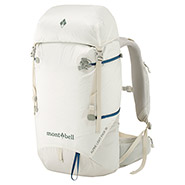
Alpine Light Pack 30 Women's
Price: $240.00 -

Alpine Light Pack 40 Women's
Price: $250.00 -
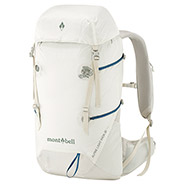
Alpine Light Pack 30
Price: $240.00 -
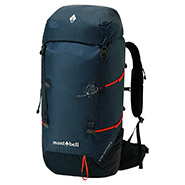
Alpine Light Pack 40
Price: $250.00
Heavier Loads

-

Cha-Cha Pack 30 Women's
Price: $280.00 -
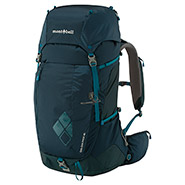
Cha-Cha Pack 40 Women's
Price: $300.00 -

Cha-Cha Pack 45
Price: $300.00

Backpacking packs are large volume packs for carrying more gear that most people require for multi-day trips. Or, for shorter trips where you are carrying larger items (like a winter overnight, which requires a larger sleeping bag, bigger tent, and more layers of clothing).
Pack contents: Sleep system (sleeping bag and pad), tent, increased amounts of food, rain layers, insulating layers, bear canister, stove and extra fuel, change of clothes, first aid kit, emergency sheet, headlamp, a water filter, camp shoes, etc.
-
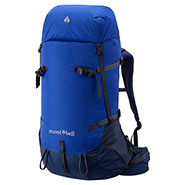
Alpine Pack 60
Price: $350.00 -

Alpine Pack 60 Women's
Price: $350.00 -
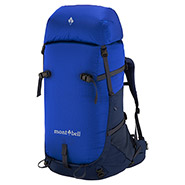
Alpine Pack 80
Price: $380.00 -

Cha-Cha Pack 50 Women's
Price: $380.00 -

Cha-Cha Pack 60
Price: $380.00

Montbell trail running packs are low profile, lightweight packs for carrying what you need on your run (these could certainly be used as a day pack too!). The two shoulder pockets are compatible with hydration flasks or for securing snacks or a cellphone.
Pack contents: an ultralight rain jacket/wind shell, a hydration bladder and snacks.
-
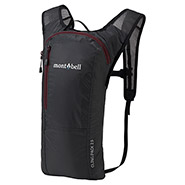
Cling Pack 2.5
Price: $60.00 -
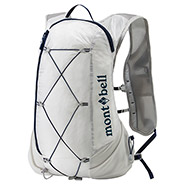
Cross Runner Pack 7
Price: $120.00 -
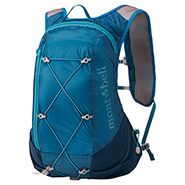
Cross Runner Pack 7 Women's
Price: $115.00 -
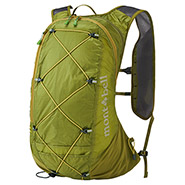
Cross Runner Pack 15
Price: $140.00 -
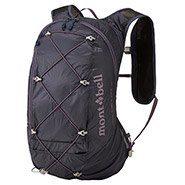
Cross Runner Pack 15 Women's
Price: $135.00

These packs were designed to carry skis or a snowboard when hoofing it in the backcountry. They all feature an easy access gear pocket for avalanche tools.
Pack contents: Avalanche probe, shovel, extra clothing, room for layers you take off when you get too hot, snacks, water, first aid kit, emergency sheet.
-
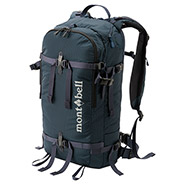
Fall Line Pack 22
Price: $200.00 -
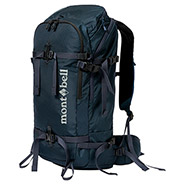
Fall Line Pack 33
Price: $280.00 -
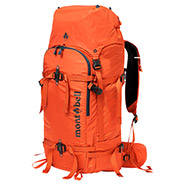
Fall Line Pack 40
Price: $320.00

We have a number of accessories to match your needs while using your backpack. Most of our backpacks are also hydration bladder compatible. See each backpack's product page for compatibility details.
-
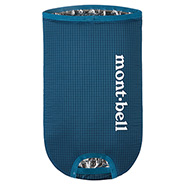
Trail Water Pack Thermo Cover 1.5L
Price: $15.00
-
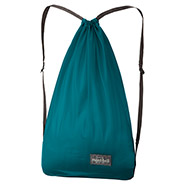
U.L. Knapsack
Price: $32.00 -
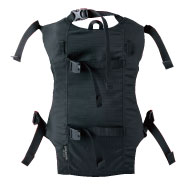
Gear Holder
Price: $34.00 -
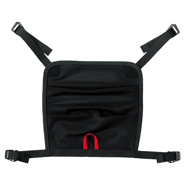
Helmet Holder
Price: $18.00 -
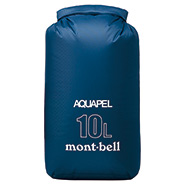
Aquapel Stuff Bag 10L
Price: $30.00 -
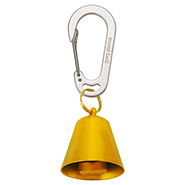
Trekking Bell With Silencer
Price: $25.00
-
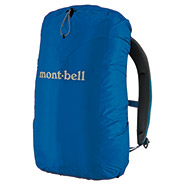
Just Fit Pack Cover 20
Price: $27.00 -
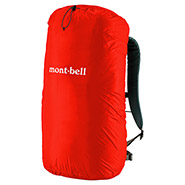
Just Fit Pack Cover 30
Price: $32.00 -

Just Fit Pack Cover 35
Price: $34.00 -

Just Fit Pack Cover 40
Price: $37.00 -
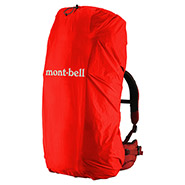
Just Fit Pack Cover 60
Price: $43.00
